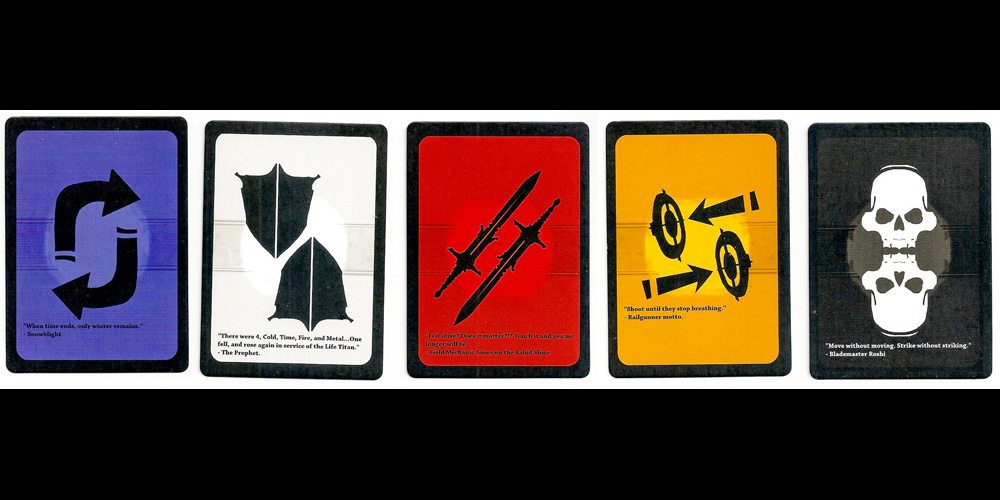
I wasn’t that surprised to discover a copy of the new Dungeons & Dragons Player’s Handbook under the Christmas tree this year. My family knows me well. And so, like so many other lapsed Dungeon Masters, I spent most of the holiday dreaming up fantastical adventures and planning out a campaign for my gaming group. And the draw of all those old sourcebooks on the shelf was too much.
For most of my group, our formative years with D&D came during the late ’80s and early ’90s, during the game’s second edition. And earlier this year, one of my players, Brian, had to make room in his house for his newborn son. So he hauled all his old gaming books over to our place.
When I was a kid, I drooled over the inside covers of the second edition tomes, marveling at all the different campaign settings and splatbooks that TSR produced. So many, in fact, that many critics claimed that the company “spent too much time on [its] own worlds, and not enough time on [the players’].” I never had enough cash to buy a fraction of the books they put out, either way.
I’d read the Dragonlance novels, and everyone knew about Drizzt Do’Urden, but of all the TSR campaign worlds I longed to visit, the Planescape setting was the most fascinating. It opened up the Great Wheel of the cosmos—all planes of existence, every D&D world, from Krynn to Abeir-Toril, Athas to Oerth, the Phlogiston teeming with Spelljammers, Earth itself, and every space in between—to the game.

It blew my mind, and I’d only read the back of the box. I never did manage to save enough money to buy it, and while I would later explore the setting in the Planescape: Torment computer game, the possibilities of piloting the Great Wheel and making my players jump through hoops—or portals, in this case—were never realized.
Until now, nearly twenty years later. I finally have the chance to explore Planescape, and to do so with one of the best groups I’ve had the pleasure to game with. I’m excited about the sheer potential of Sigil, the City of Doors, one of the most fully realized cities in the D&D canon.
What makes Planescape so amazing? Is it the planar slang peppered throughout the sourcebooks? A body’d be a berk not to love it. Is it all the factions that make up Sigil, each representing a philosophy and opinion on the nature of the multiverse? Where else can you role-play with a group of agnostics who rub shoulders with actual gods, but deny said gods their divinity?
It’s all those things, sure, but I think it’s mostly the massive sense of wonder that you get from exploring everything that the 40 years of Dungeons & Dragons has to offer. All the thought and work and fun that has gone into distilling millenia of human history and mythology into the game is right there in Planescape. It’s all just a gate away, barred only by the imaginations of the players.

This is the best part of fifth edition Dungeons & Dragons. It’s the best part of every edition, really. Of all role-playing games. Every book, every post on the internet, every idea that came before is up for grabs. The statblocks may not fit the new system, and the artwork may not be as polished (though Tony DiTerlizzi’s work on Planescape is second-to-none), but the ways they fuel the imagination will never be incompatible.
I’ll be sharing more on my fifth edition Planescape campaign in weeks to come. I hope you’ll hop through the portals with me, and share your own fond gaming memories in the comments.




I did some research and took a stab at predicting WotC’s next few years of publishing releases (and if that included Planescape). Chris Perkins said I was partly right, but of course he didn’t say which parts were right. 🙂
Here it is if you are interested: http://www.nerdsonearth.com/2014/12/dungeons-dragons-5e-release-schedule-2018/
Intriguing. I’m really looking forward to seeing where they take us—old and new—this time around.